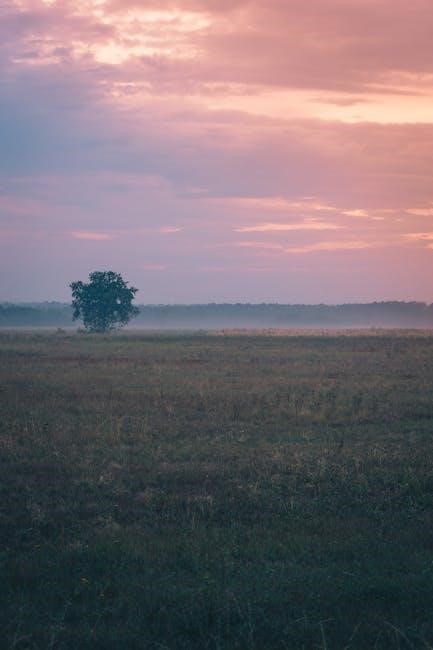
in flanders fields poem pdf
Written by John McCrae in 1915, “In Flanders Fields” is a poignant tribute to soldiers who perished in World War I, inspired by the Second Battle of Ypres.
Title and Author
The poem, titled In Flanders Fields, was written by Canadian physician, soldier, and poet John McCrae in 1915. McCrae, who served as a lieutenant colonel in the Canadian Expeditionary Force, drew inspiration from the graves of fallen soldiers during World War I. The poem’s title refers to the fields in Flanders, a region in Belgium, where poppies grew abundantly among the graves of soldiers. McCrae’s work became an iconic symbol of remembrance and sacrifice, resonating deeply with readers worldwide. Its vivid imagery and emotional depth have cemented its place in literary history, making it one of the most recognized poems of the 20th century. The poem’s authorship by McCrae adds a layer of authenticity, as it reflects his firsthand experiences on the battlefield.
Historical Context of the Poem
In Flanders Fields was written in May 1915 by John McCrae, a Canadian physician and soldier, during World War I. The poem emerged from the devastation of the Second Battle of Ypres, where McCrae witnessed the horrors of war firsthand. The introduction of poison gas by German forces in April 1915 marked a turning point in the conflict, causing unprecedented suffering and death. The battlefields of Flanders, with their rows of graves and the resilient poppies that grew among them, became a symbol of sacrifice and resilience. McCrae’s poem captures the emotional toll of war and honors the memory of fallen soldiers. The historical context of World War I’s brutality and the loss of life on such a massive scale deeply influenced the poem’s themes of remembrance and the enduring spirit of those who fought. This backdrop ensures the poem remains a powerful tribute to the sacrifices of war.
First Publication and Popularity
In Flanders Fields was first published in the British magazine Punch on December 8, 1915. Its powerful imagery and emotional resonance quickly captured the hearts of readers, making it one of the most popular war poems of its time. The poem’s vivid depiction of the battlefield, combined with its call to remember the fallen, struck a chord with a world grappling with the horrors of World War I. Its popularity grew rapidly, and it soon became a symbol of remembrance and sacrifice. The poem’s widespread circulation helped establish the red poppy as an enduring symbol of war memorials. McCrae’s work not only reflected the realities of war but also inspired hope and unity among those mourning the loss of loved ones. Its enduring appeal lies in its ability to transcend time, remaining relevant even today as a testament to the sacrifices of soldiers.
Significance in World War I Literature
“In Flanders Fields” holds a pivotal place in World War I literature as a poignant reflection of the war’s emotional and psychological impact. Its vivid imagery of poppies blooming amidst graves captures the stark contrast between life and death on the battlefield. The poem’s powerful evocation of loss and remembrance resonated deeply with a global audience, making it a defining piece of wartime literature. It not only immortalized the sacrifices of soldiers but also inspired a broader cultural movement, particularly in its association with the red poppy as a symbol of remembrance. The poem’s ability to transcend its historical context has cemented its legacy as a universal tribute to those who have served and fallen. Its influence extends beyond literature, shaping how societies commemorate and honor their war dead, ensuring its enduring relevance in modern times.
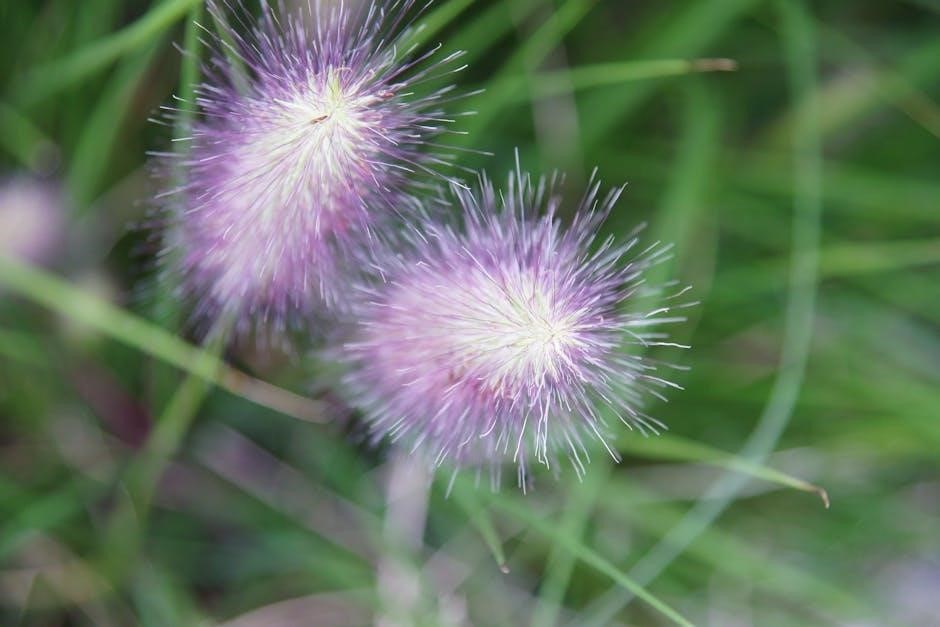
Background of the Poem
“In Flanders Fields” was inspired by the Second Battle of Ypres, where John McCrae witnessed the death of his friend, Alexis Helmer, fueling his emotional tribute to fallen soldiers.
Inspiration Behind the Poem
The inspiration for “In Flanders Fields” emerged from John McCrae’s profound grief during World War I. While serving as a brigade surgeon in the Second Battle of Ypres, McCrae was deeply moved by the death of his close friend, Lieutenant Alexis Helmer, who perished in the conflict. The vivid imagery of poppies blooming amidst the graves of fallen soldiers in Flanders Fields struck McCrae, symbolizing both the beauty and the tragedy of war. This emotional experience, coupled with the stark reality of battlefield losses, compelled McCrae to express his feelings through verse. The poem not only honors the memory of the departed but also serves as a call to continue the fight for freedom, ensuring that their sacrifices are not in vain. McCrae’s personal experiences and the haunting landscapes of war provided the catalyst for this iconic and enduring poem.
The Second Battle of Ypres
The Second Battle of Ypres, fought in April and May 1915, was a pivotal event during World War I that deeply influenced John McCrae. It marked the first large-scale use of chemical weapons by Germany, causing widespread suffering and death. The battle took place near Ypres, Belgium, in the region known as Flanders Fields, where Canadian troops, including McCrae’s brigade, endured immense hardships. The horrors of the battlefield, combined with the death of McCrae’s close friend, Lieutenant Alexis Helmer, weighed heavily on him. These experiences became the emotional foundation for “In Flanders Fields,” as McCrae sought to honor the fallen and capture the futility and tragedy of war. The battle’s devastating impact and the resilience of the soldiers inspired the poem’s themes of sacrifice and remembrance, making it a lasting tribute to those who fought and died in Flanders Fields.
John McCrae’s Role in the War
John McCrae, a Canadian physician and Lieutenant Colonel, played a significant role in World War I as both a soldier and a poet. He served in the Canadian Expeditionary Force, commanding a field artillery battery during the Second Battle of Ypres. McCrae’s medical expertise was crucial as he tended to wounded soldiers amidst the chaos of war. Despite his military responsibilities, he found solace in writing, which became an outlet for his emotions. His poem, “In Flanders Fields,” not only reflected his personal experiences but also resonated with the broader public, making him a symbolic figure in World War I literature. McCrae’s dual role as a healer and a warrior uniquely positioned him to articulate the horrors and sacrifices of war, leaving a lasting legacy through his poetry and service.
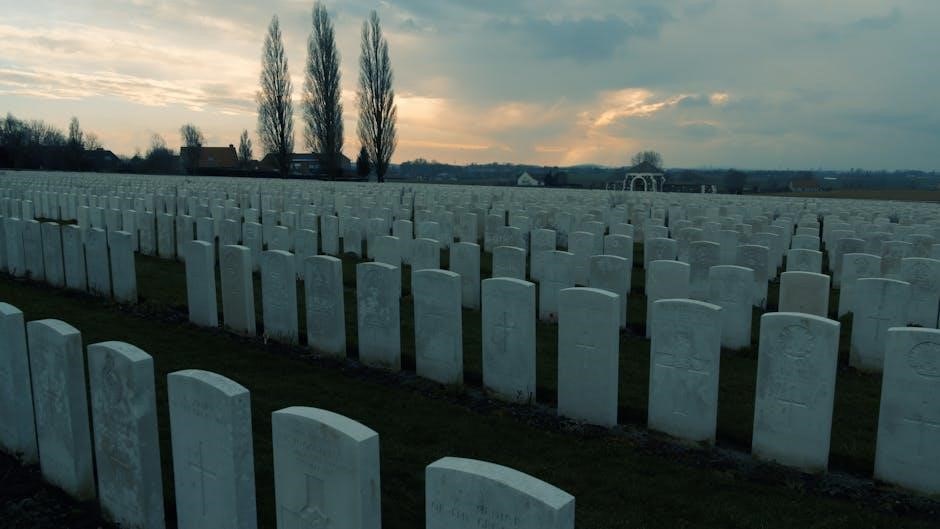
The Death of Lieutenant Alexis Helmer
Lieutenant Alexis Helmer, a close friend and fellow soldier of John McCrae, was killed in action during the Second Battle of Ypres in May 1915. His death profoundly impacted McCrae, who was deeply moved by the loss of his comrade. McCrae presided over Helmer’s funeral, where he noted the vivid red poppies that grew amidst the devastation of the battlefield. This poignant scene inspired the famous lines of “In Flanders Fields,” symbolizing the enduring memory of fallen soldiers. McCrae’s emotional response to Helmer’s death, combined with the stark beauty of the poppies, became the cornerstone of the poem. The tragedy of Helmer’s loss, and the resilience of nature, are forever intertwined in McCrae’s iconic tribute to the sacrifices of war.
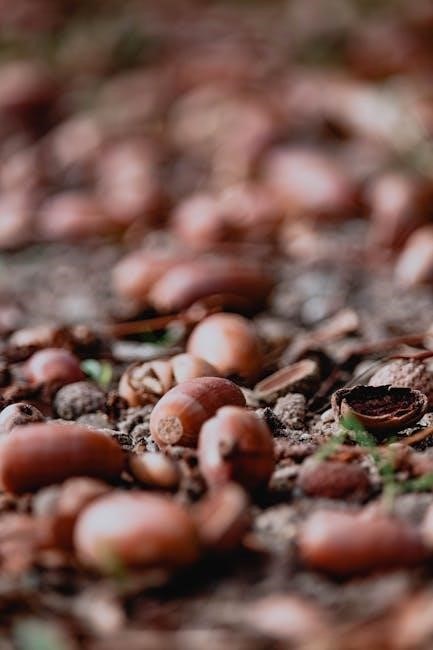
The Poem Itself
Written in 1915, “In Flanders Fields” is a three-stanza poem with a rhyme scheme of ABAB. It vividly depicts the graves of soldiers, marked by poppies, and conveys themes of sacrifice and remembrance.
Full Text of “In Flanders Fields”
In Flanders fields the poppies blow,
Between the crosses, row on row,
That mark our place; and in the sky
The larks, still bravely singing, fly.
Scarce heard amid the guns below.
We are the Dead. Short days ago
We lived, felt dawn, saw sunset glow,
Loved, and were loved, and now we lie
In Flanders fields.
Take up our quarrel with the foe:
To you from failing hands we throw
The torch; be yours to hold it high.
If ye break faith with us who die
We shall not sleep, though poppies grow
In Flanders fields.
Stanza-by-Stanza Analysis
The poem is divided into three stanzas, each carrying profound emotional weight. The first stanza sets the scene with vivid imagery of poppies blooming in Flanders fields, symbolizing life amidst death. It introduces the graves of fallen soldiers, marked by crosses, and the larks singing in the sky, emphasizing the contrast between nature’s beauty and the horrors of war.
The second stanza shifts focus to the voices of the dead, who speak directly to the living. The lines convey a sense of camaraderie and shared sacrifice, urging the reader to continue the fight for freedom and justice, symbolized by the torch passed on from “failing hands.”
The final stanza serves as a warning and a call to remembrance. It warns of the consequences of forgetting the fallen, with the poppies serving as a haunting reminder of their sacrifice. The poem’s structure and language create a powerful emotional resonance, making it a timeless tribute to those who lost their lives in conflict.
Language and Imagery
John McCrae’s “In Flanders Fields” employs vivid and evocative language to create a haunting yet beautiful portrayal of war and remembrance. The imagery of poppies blooming among graves, larks singing in the sky, and crosses row on row paints a stark contrast between the tranquility of nature and the brutality of conflict.
The poem’s language is simple yet powerful, with phrases like “the poppies blow” and “the crosses, row on row” evoking a sense of solemnity and respect. The use of personification, such as “the larks, still bravely singing, fly,” adds emotional depth, symbolizing hope and resilience amidst devastation.
The imagery of the poppies, now a universal symbol of remembrance, is particularly poignant, as it transforms a battlefield into a place of haunting beauty. McCrae’s choice of words ensures that the sacrifice of the fallen is not forgotten, making the poem a timeless tribute to those who lost their lives in conflict.
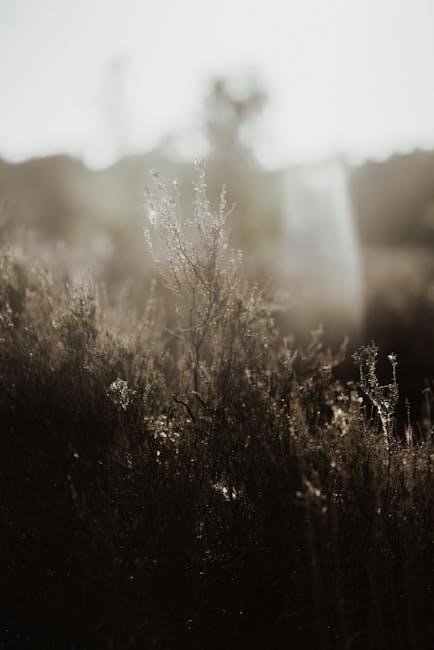
Themes of Sacrifice and Remembrance
The poem “In Flanders Fields” revolves around the profound themes of sacrifice and remembrance, honoring the lives lost during World War I. McCrae’s vivid imagery and emotional language emphasize the ultimate sacrifice of soldiers, urging future generations to remember their bravery and ensure their deaths are not in vain.
The line “Take up our quarrel with the foe” serves as a call to action, urging the living to continue the fight for freedom and justice. The poem’s focus on the poppies growing among the graves symbolizes remembrance and the enduring spirit of those who fell. It captures the sorrow of war while inspiring hope and resilience, ensuring the sacrifices of the fallen are never forgotten.
Through its themes, the poem bridges the past and present, reminding readers of the cost of peace and the importance of honoring those who gave their lives for it. This timeless message has made “In Flanders Fields” a cornerstone of remembrance ceremonies worldwide.

Poetic Elements
The poem employs a lyrical style, with a consistent rhyme and rhythm, enhancing its emotional impact; Symbolism, particularly the poppy, underscores themes of remembrance and sacrifice, making it deeply resonant.
Rhyme and Meter
John McCrae’s “In Flanders Fields” follows a distinct ABAB rhyme scheme, creating a lyrical and solemn tone. The poem is composed in iambic tetrameter, with each stanza containing four lines. This rhythmic structure enhances the emotional depth, mirroring the steady, mournful pace of a funeral march. The consistent rhyme and meter contribute to the poem’s musicality, making it memorable and recitable. The use of rhyme also underscores the contrast between the beauty of nature—the poppies and larks—and the harsh reality of war. This balance of form and content elevates the poem’s universal appeal, allowing readers to connect with its themes on both an emotional and intellectual level. The meter and rhyme work together to create a sense of inevitability, reflecting the unyielding nature of sacrifice and remembrance. This poetic structure has become iconic, symbolizing the enduring legacy of the poem in World War I literature.
Use of Symbolism
Symbolism plays a central role in “In Flanders Fields,” enriching its emotional and thematic depth. The poppies, which grow amidst the graves, symbolize remembrance and sacrifice, their red color evoking the bloodshed of war. The crosses “row on row” represent the countless lives lost, while the larks flying overhead embody hope and resilience. The “torch” passed to the living signifies duty and the continuation of the fight. McCrae’s use of natural imagery contrasts sharply with the devastation of war, creating a powerful visual and emotional impact. These symbols have become deeply ingrained in cultural consciousness, particularly the poppy, now an international emblem of remembrance. The poem’s mastery of symbolism ensures its themes resonate universally, transcending time and context. Through these symbols, McCrae honors the fallen while urging future generations to remember and strive for peace.
Structure and Form
“In Flanders Fields” is written in the form of a rondeau, a traditional French poetic structure; The poem consists of three stanzas, each following an ABAB BC BC AB rhyme scheme. This structured format lends a sense of order and discipline, contrasting with the chaos of war. The meter is primarily tetrameter, with four beats per line, creating a rhythmic and solemn tone. The repetition of the first line in the third stanza emphasizes the poem’s central message. This deliberate structure enhances the emotional impact, as the rigidity of the form mirrors the unyielding nature of war. The poem’s form also contributes to its memorability, making it easier for readers to recall and reflect on its powerful themes. Through this blend of structure and imagery, McCrae crafts a timeless and evocative tribute to the fallen.

Cultural Impact
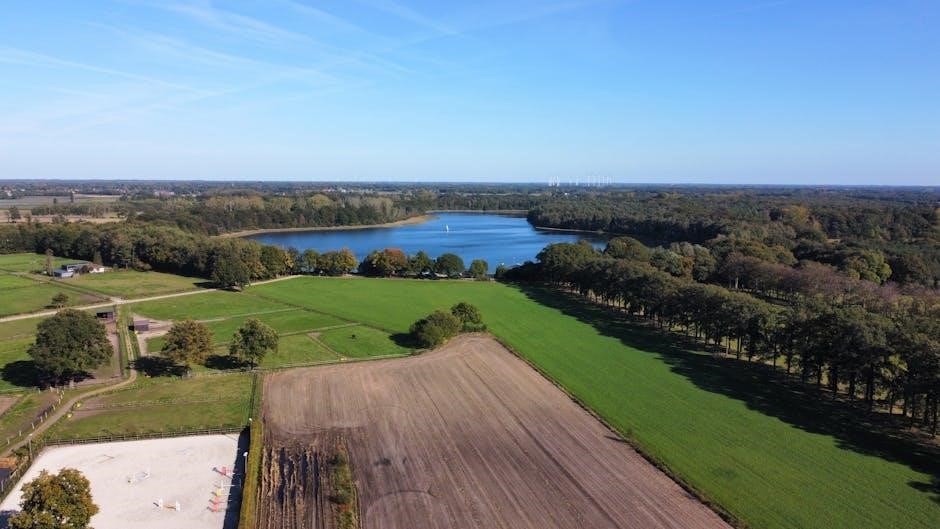
“In Flanders Fields” has become a global symbol of remembrance, inspiring the use of poppies to honor fallen soldiers. Its imagery and themes are deeply ingrained in cultural memory.
The Poppy as a Symbol
The red poppy, as depicted in “In Flanders Fields,” has become an enduring symbol of remembrance and sacrifice. Originating from the poem’s vivid imagery, the poppy represents the bloodshed of World War I and honors the fallen soldiers. Its adoption as a emblem of remembrance began in 1921 with the Buddy Poppy program, inspired by McCrae’s words. Today, artificial poppies are worn on Remembrance Day to commemorate the war dead. The poppy’s significance extends globally, with its red color symbolizing both blood and life. It serves as a poignant reminder of the poem’s message of sacrifice and resilience. The poppy’s enduring presence in cultural and historical contexts underscores its connection to McCrae’s legacy and the profound impact of his poem.
Role in Remembrance Day
“In Flanders Fields” plays a central role in Remembrance Day ceremonies worldwide, particularly in Commonwealth nations. The poem’s vivid imagery and emotional resonance have made it a cornerstone of tributes to fallen soldiers. During Remembrance Day services, the poem is often recited to honor the sacrifices of those who died in World War I and subsequent conflicts. The red poppy, a symbol drawn from the poem, is worn by millions as a mark of respect and remembrance. Additionally, the poem’s themes of sacrifice and resilience are reflected in the two-minute silence observed on November 11. Educational programs and commemorative events frequently incorporate the poem to teach younger generations about the historical significance of the war and its enduring impact. Through its inclusion in Remembrance Day traditions, “In Flanders Fields” continues to inspire reflection and gratitude for the lives lost in service.
Influence on Other Works
“In Flanders Fields” has profoundly influenced literature, art, and cultural expressions, becoming a timeless inspiration for creators. Its vivid imagery and emotional depth have inspired countless poems, songs, and works of art. The poem’s central symbol, the red poppy, has become an international emblem of remembrance, shaping memorials and ceremonies worldwide. Many poets and writers have drawn upon its themes of sacrifice, duty, and the cost of war. The poem’s structure and rhyme scheme have also been studied and emulated in educational settings, making it a cornerstone of literary analysis. Its impact extends beyond literature, influencing music and visual arts, with compositions and paintings reflecting its powerful imagery. The poem’s ability to evoke universal emotions ensures its continued influence on creative works, solidifying its place in cultural and historical consciousness.
Educational Significance
“In Flanders Fields” holds a prominent place in educational curricula worldwide, serving as a powerful tool for teaching history, literature, and the human cost of war. The poem’s vivid imagery and emotional depth make it an effective resource for exploring themes of sacrifice, remembrance, and patriotism. Educators often use it to help students understand the historical context of World War I and its impact on society. The poem’s structure, rhyme, and symbolism are frequently analyzed in classrooms to teach literary devices and poetic techniques. Additionally, the poem’s association with the poppy as a symbol of remembrance has led to its inclusion in discussions about cultural and historical memory. Study guides and educational resources, including PDF versions of the poem, are widely available, making it accessible for students and teachers alike. Its enduring relevance ensures its continued use in educational settings, fostering critical thinking and emotional engagement among learners.
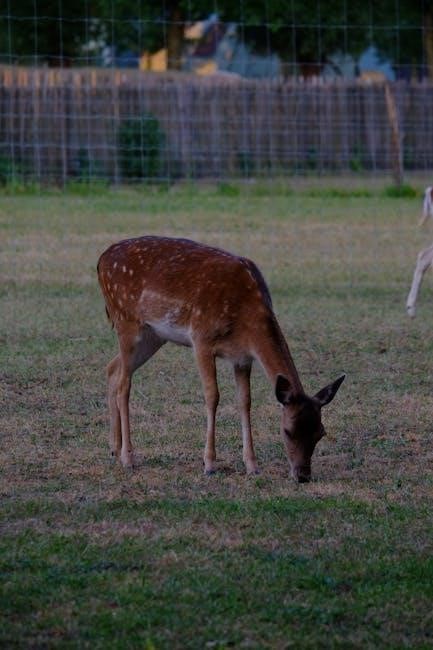
Legacy and Memorials
“In Flanders Fields” has left a lasting legacy, inspiring memorials worldwide. The poem’s imagery of poppies symbolizes remembrance, while John McCrae’s role in WWI is honored in various tributes and commemorations.
John McCrae Memorial
John McCrae, the author of “In Flanders Fields,” is honored through various memorials that celebrate his contributions as a soldier, physician, and poet. A prominent memorial is located in Guelph, Ontario, Canada, where McCrae grew up. The site features a statue of McCrae and a museum exhibit showcasing his life and work. Additionally, a memorial in Belgium commemorates his role during the Second Battle of Ypres, where the poem was inspired. These tributes highlight McCrae’s dedication to duty and his compassionate spirit. The memorials serve as a reminder of the enduring impact of his poem, which continues to symbolize remembrance and sacrifice. They also provide a space for reflection on the legacy of those who served during World War I.
The Poppy Campaign
The poppy campaign, inspired by John McCrae’s “In Flanders Fields,” has become a global symbol of remembrance and support for veterans. The Buddy Poppy program, initiated in 1921, distributes artificial poppies to raise funds for veterans’ welfare. The red poppy, as described in the poem, symbolizes the sacrifices of fallen soldiers and serves as a poignant reminder of wartime losses. The campaign gained momentum post-World War I, with organizations like the Royal British Legion and Veterans of Foreign Wars adopting it. Today, poppies are worn annually around Remembrance Day, November 11, to honor those who served. The campaign’s success lies in its ability to connect people with the poem’s powerful imagery, ensuring the legacy of “In Flanders Fields” endures as a symbol of respect and gratitude for military personnel.
Modern Relevance of the Poem
Despite being written over a century ago, “In Flanders Fields” remains deeply relevant in modern times. Its themes of sacrifice, remembrance, and the human cost of war resonate universally. The poem continues to be widely studied in schools, featured in remembrance ceremonies, and shared across digital platforms. Its imagery of poppies has become an enduring symbol of commemoration, transcending generations. The poem’s message of honoring the fallen while striving for peace aligns with contemporary values. It also serves as a bridge between history and present-day reflections on conflict and its impact. The poem’s inclusion in educational curriculums ensures its legacy endures, inspiring new audiences to reflect on its timeless themes. Its modern relevance is a testament to the power of literature to connect past and present, fostering empathy and understanding across cultures and time.

Resources and Downloads
Access the poem in PDF format for free, along with study guides and analysis, providing deeper insight into its themes and historical context.
Download now: In Flanders Fields Poem PDF.
PDF Versions of the Poem
The poem “In Flanders Fields” is widely available in PDF format, making it easily accessible for readers worldwide. These digital versions often include the full text of the poem, along with historical context and analysis. Many educational institutions and literary websites offer free downloads, ensuring that the poem’s message of sacrifice and remembrance reaches a broad audience. Some PDF versions also feature study guides, helping students and educators delve deeper into the poem’s themes, structure, and significance in World War I literature. Additionally, these downloadable files sometimes include biographical information about John McCrae and the origins of the poem, enhancing the reader’s understanding of its historical background. The PDF format ensures that the poem is preserved in a readable and shareable form, making it a valuable resource for both personal reflection and academic study. Download the PDF to explore the poem in detail.
Study Guides and Analysis
Study guides and analysis of “In Flanders Fields” provide deeper insights into the poem’s themes, structure, and historical context. These resources are widely available online, offering detailed breakdowns of the poem’s symbolism, such as the poppy as a symbol of remembrance, and its exploration of sacrifice and mortality. Many guides include close readings of specific stanzas, examining McCrae’s use of rhyme, meter, and imagery. Educational institutions and literary websites often provide these materials, catering to students and educators alike. Some guides also explore the poem’s historical significance, linking it to World War I and its impact on Canadian culture. These resources are invaluable for understanding the poem’s enduring relevance and its place in literary history. Whether for academic study or personal enrichment, study guides and analysis tools enhance the reader’s appreciation of this iconic work. Explore study guides for a richer understanding.

